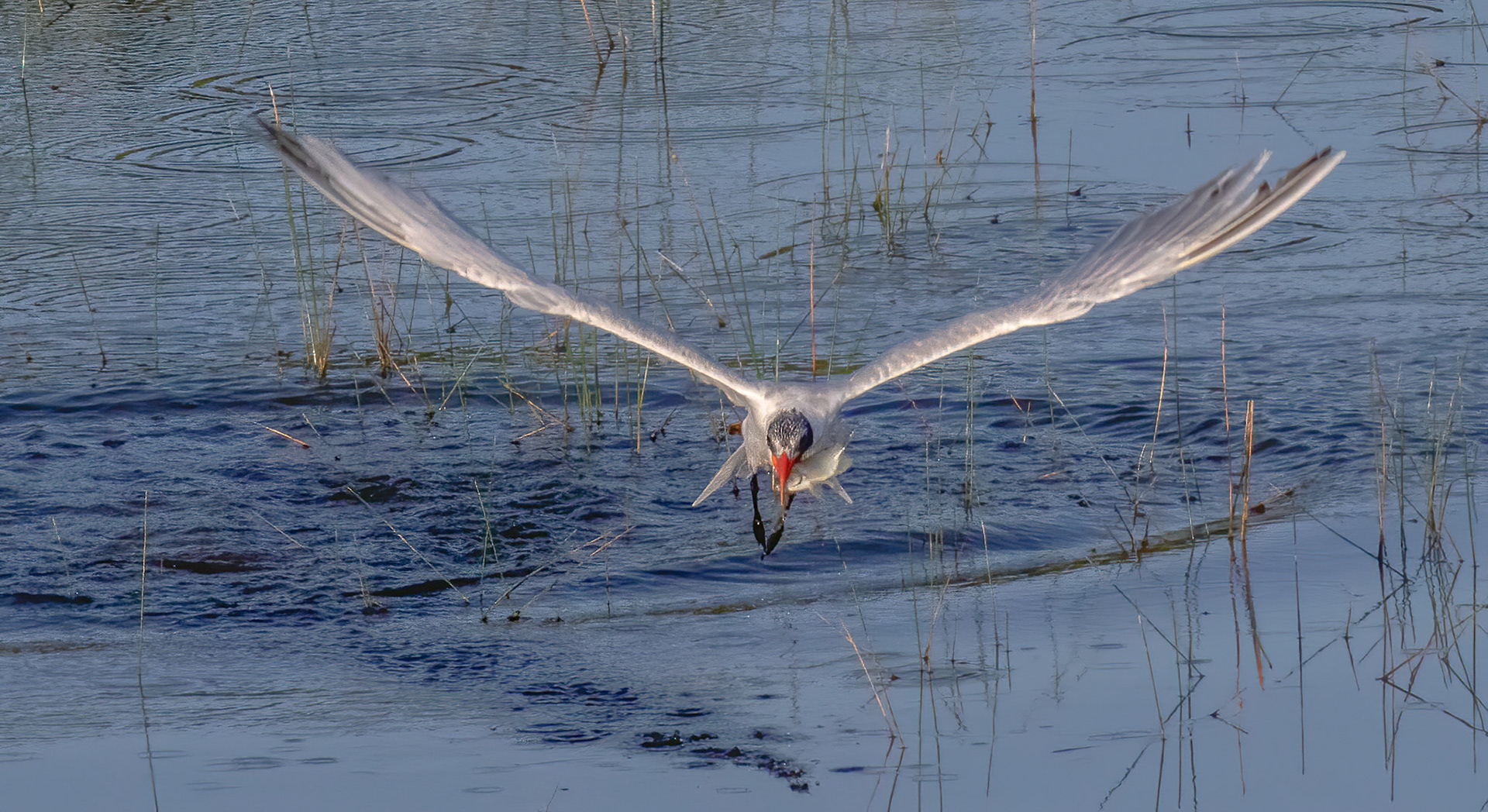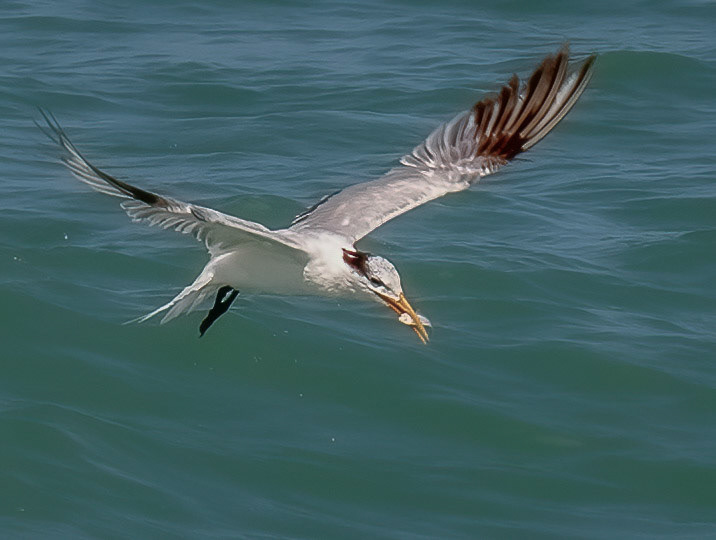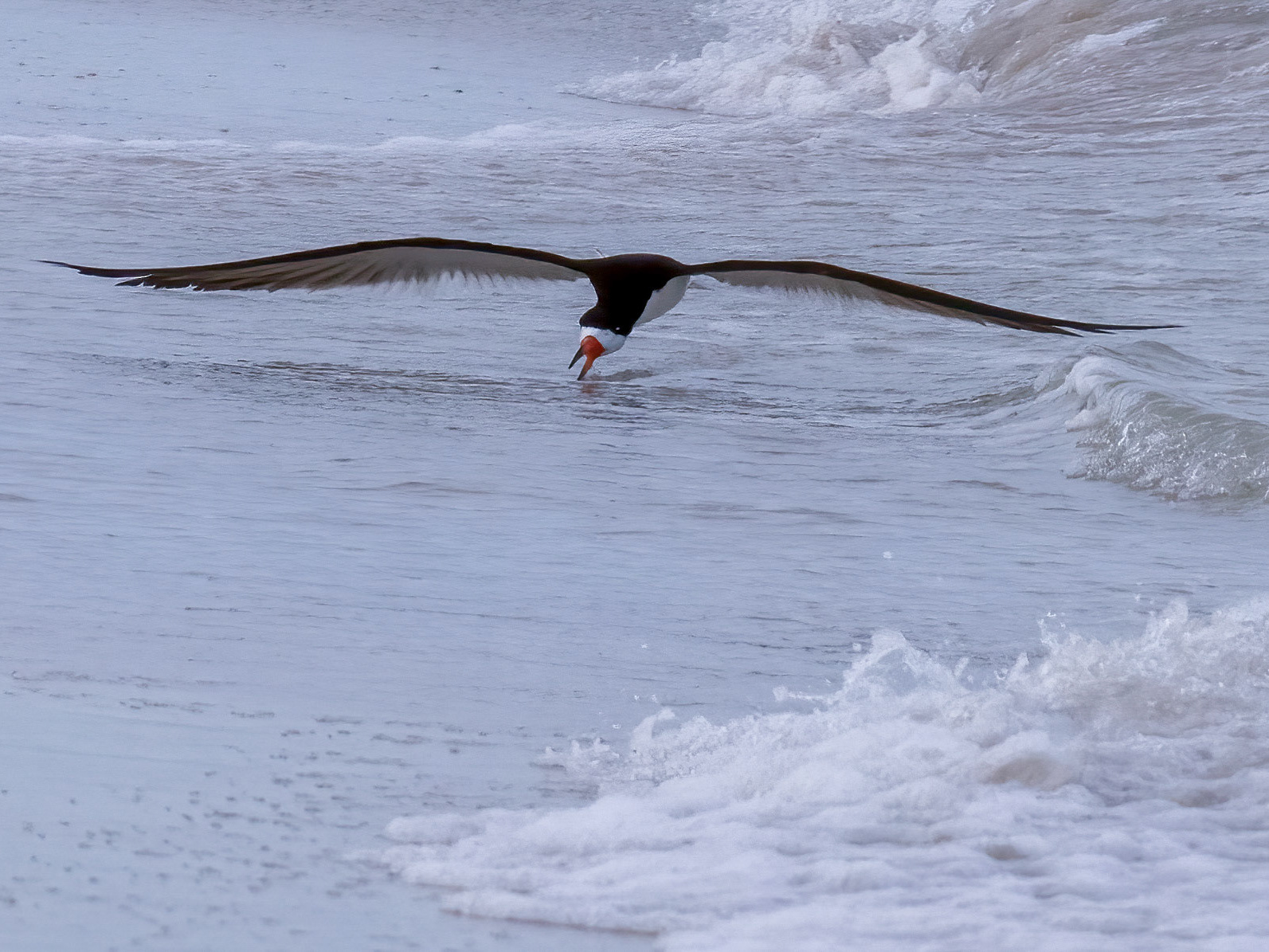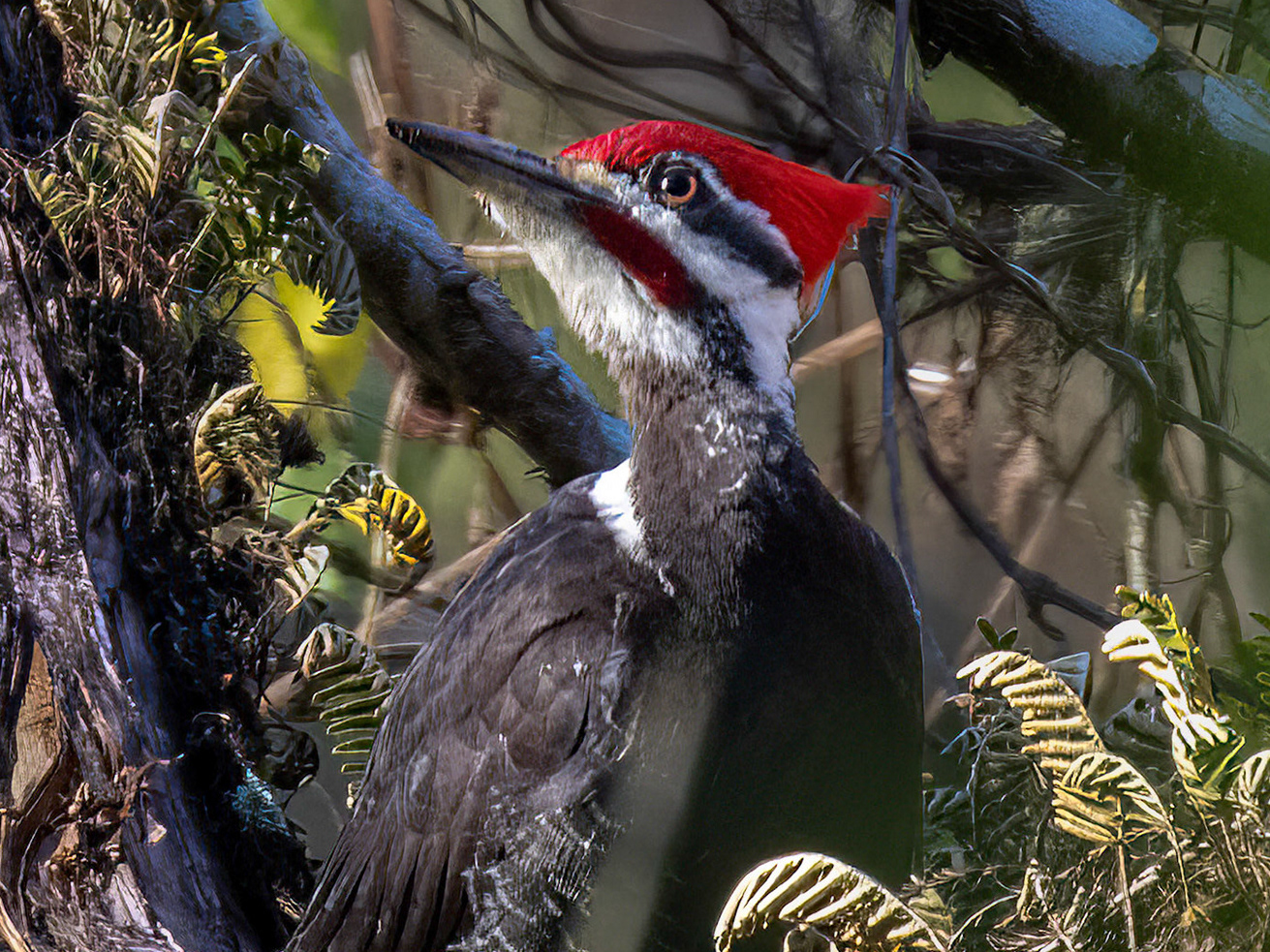
Royal Tern

Caspian terns

Caspian Tern

Skimming for fish

Caspian Tern preparing to dive for a fish - sequence #1

Caspian

Caspian

Caspian Tern & a startled Great Egret

Caspian

Caspian Tern fishing sequence #2





Royal Tern fishing sequence

















